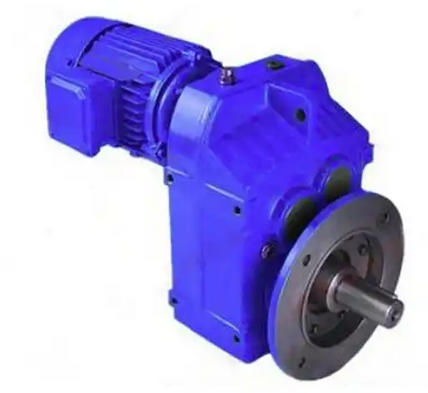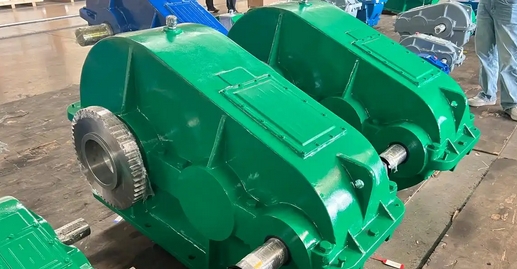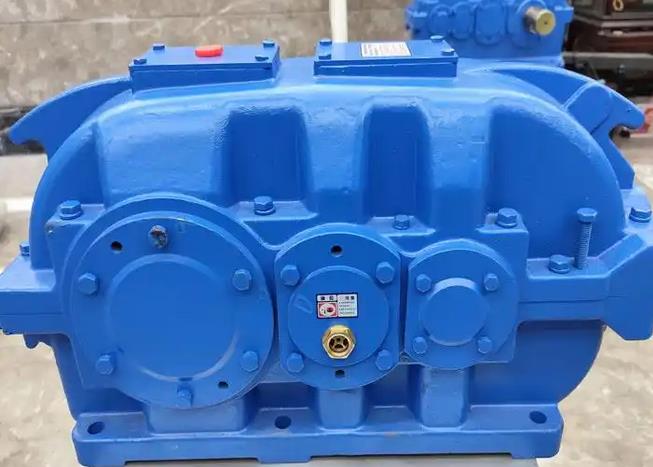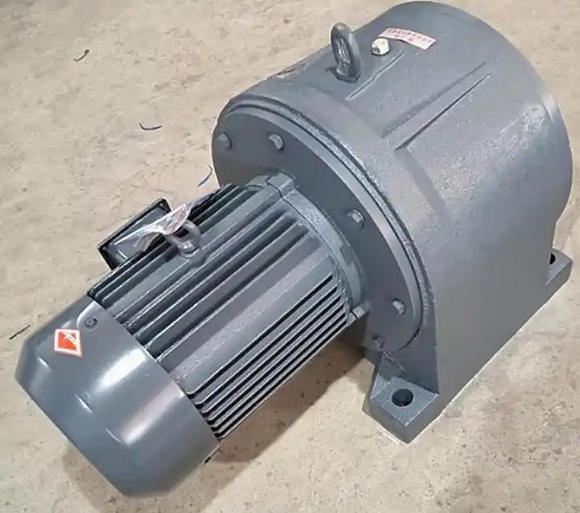What are the hazards of abnormal temperature rise in ZLY500-16-II hard tooth gear reducer
The abnormal temperature rise of ZLY500-16-II hard tooth gear reducer may cause the following hazards, which need to be comprehensively analyzed in combination with its high-power and heavy-duty working conditions:1、 Direct damage to the gearbox body
Accelerate the wear of critical components
High temperature (>80 ℃) leads to a decrease in the viscosity of lubricating oil (such as L-CKC220 oil having a viscosity of only 1/5 of 40 ℃ at 100 ℃), a thinning of oil film thickness by more than 50%, and easy adhesion wear on gear tooth surfaces and bearing raceways. The amount of tooth surface wear can increase to three times the normal value.
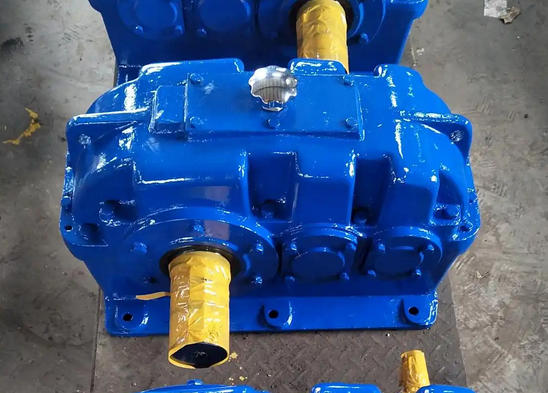
Metal thermal expansion (coefficient of linear expansion of steel parts 11.7 × 10 ⁻⁶/℃) causes changes in gear mesh clearance, which may lead to tooth bonding or tooth breakage. The tooth surface temperature can reach over 300 ℃ during instantaneous overload.
Sealing system failure
Rubber parts such as oil seals and O-rings harden and crack under continuous high temperature (>120 ℃), increasing the risk of lubricating oil leakage. When the leakage rate exceeds 5L/h, it may cause oil shortage and erosion.
2、 Chain effect on system performance
Decreased transmission efficiency
For every 10 ℃ increase in temperature rise, the transmission efficiency decreases by 0.5% to 1%. Long term overheating (>90 ℃) can reduce efficiency from 98% to below 94% and increase energy consumption by 15%.
The motor experiences an increase in current due to an increase in the load on the gearbox (when the winding temperature exceeds the set value by 20%, it reaches the K-level insulation limit).
Lubrication system crashes
When the oil temperature exceeds 100 ℃, the oxidation rate accelerates by 10 times, the oil sludge clogs the oil circuit (filter pressure difference>0.3MPa), and the consumption rate of additives (such as extreme pressure agent ZDDP) increases by 5 times.
3、 Safety and production risks
Sudden malfunction
High temperature of bearings (>120 ℃) may cause the cage to break, the rolling elements to scatter, resulting in the gearbox getting stuck, and the motor stalling current can reach 8 times the rated value.
When the oil temperature exceeds the flash point (about 200 ℃ for mineral oil), there is a risk of fire, especially in dusty environments where it is more prone to explosion.
Production losses
Unplanned downtime (single fault handling takes 8-24 hours) affects continuous production lines, such as the loss of tens of thousands of yuan per hour due to the shutdown of mine crushers.
4、 Long term hidden harm
Material performance degradation: The hardness of gear steel (such as 20CrMnTi) decreases by HRC2-3 levels under long-term high temperature, and the fatigue life is shortened by 60%.
The maintenance cost has surged: the cost of replacing the gear set can reach 30% of the total machine value, and the cost of repairing the shaft system with bearing damage and associated damage has increased by 50%.
It is recommended to achieve early intervention through infrared temperature measurement (with a focus on the bearing seat and upper part of the gearbox) and oil ferrography analysis (iron content>150ppm warning).


